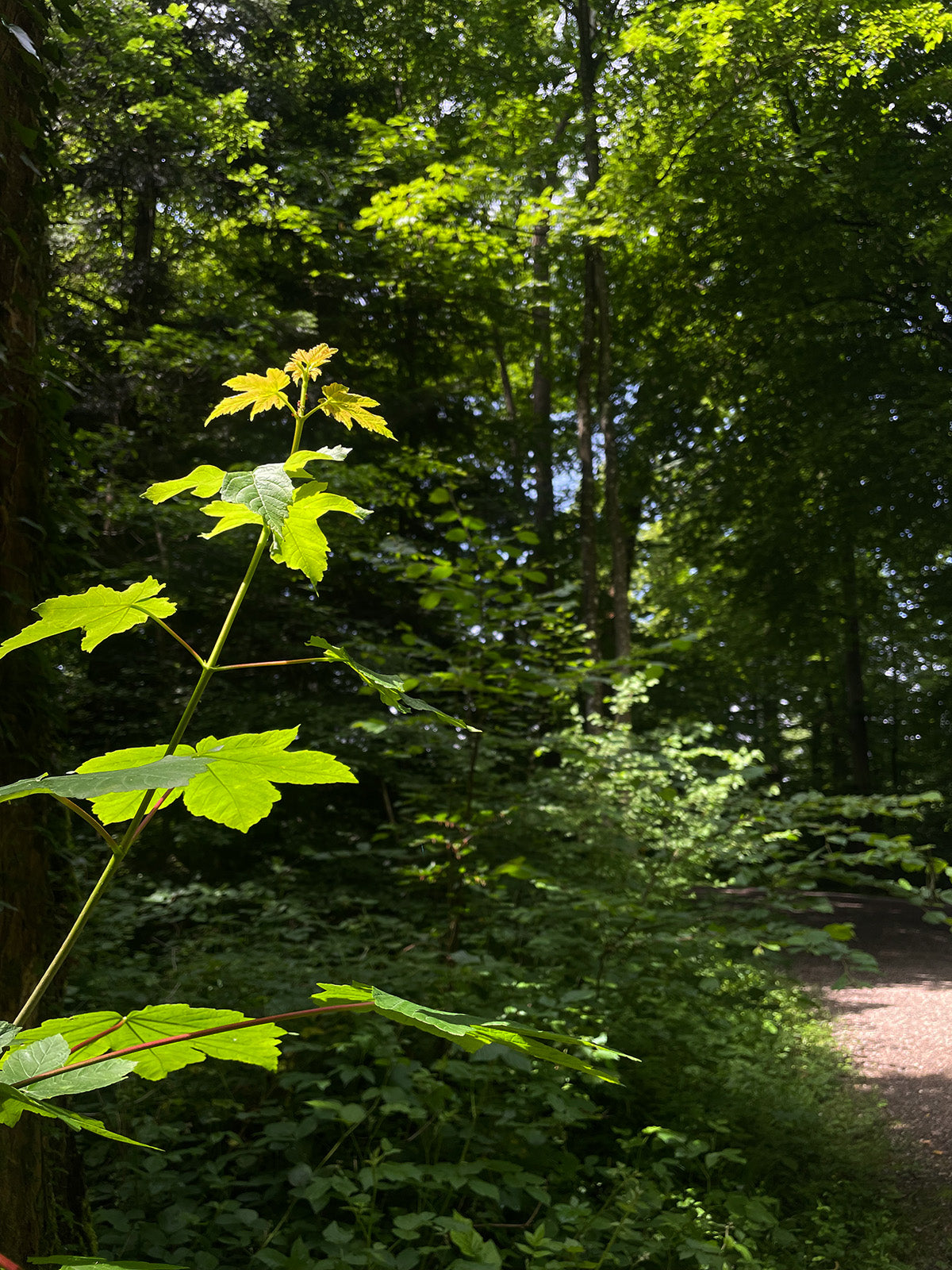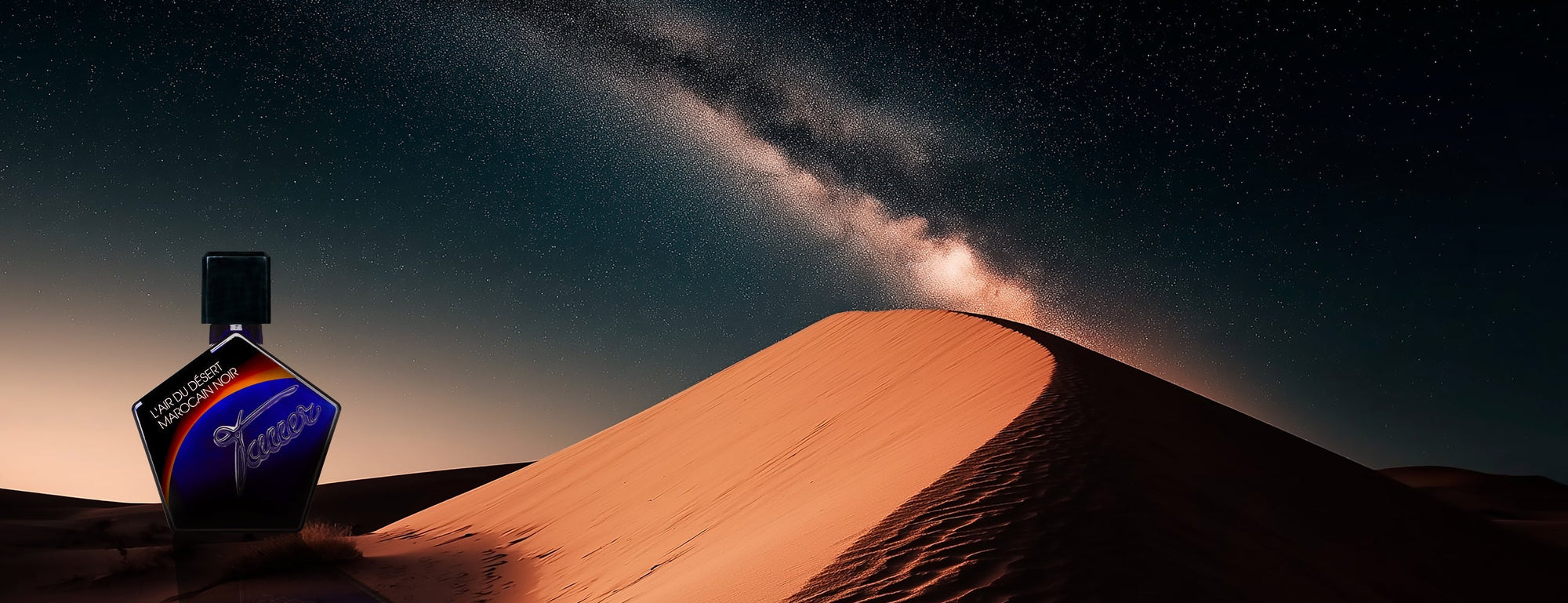This morning, I went jogging through the woods. The air was heavy with the green, lush scent of early summer — a symphony with mossy, earthy tones that reminded me of patchouli, but more delicate, more real. The kind of perfume that only nature composes. The quiet between the bird calls and the soft rhythm of my feet on the path wrapped me in a meditative stillness — and yet, my thoughts, as always when jogging, didn’t rest.
They wandered.
I thought of my elderly painting teacher, who recently got herself a perfect bob haircut — stylish, bold, and somehow effortlessly elegant. It made me think of the 1920s. Not just the aesthetics, but the statement behind them. How perfume in those years reflected a new energy, a rebellion, a freedom that women were claiming. Smoky tobacco notes, animalic shadows, bold flowers — they weren’t shy. They spoke. Like the women in Iran today who fight with courage for something so basic and so powerful: choice.
From there, my mind leapt back to yesterday’s painting class. I was working on a landscape, caught in a tug-of-war between abstract shapes and what my senses insisted was "real." The teacher passed by quietly, and then remarked: *“You look in an interesting way into the landscape. Besides searching the abstraction, you still keep your senses alert, trying to understand what you see. Like the elderflower bush in bloom. This is great — it helps you to abstract and it helps you to understand what you see.”

(Here you see the park scenery, with elderflowers in bloom, from yesterday's painting session. The oil paint is still wet, hence the reflections.)
It struck a chord.
Because that is exactly what I do when I compose a fragrance. I try to distill an idea — an inner picture — into scent. But at the same time, I explore the nature of each raw material, trying to understand it on a deeper level. I reduce, I build, I play, and I listen. The elderflower, the wet earth, the quiet green of the forest floor — they’re all part of a language I try to translate into something wearable, something that speaks without words.
And then, just like that, my mind skipped away again — this time to vintage perfumes. Perhaps because they’re a kind of mental home for me. They were built differently. One hundred years ago, perfumes were layered, complex, generous with naturals. They didn’t rely on brute force to impress. They had light inside. A soul. A sense of place and purpose. Maybe that’s why I feel so drawn to them — they echo the way I like to create: not for impact, but for depth.
Jogging really helps to clear one’s mind — or, at least, to let it wander freely. And sometimes, in the green solitude of a morning run, I find connections I wasn’t looking for. Between painting and perfume. Between history and today. Between the soft bloom of an elderflower bush that the sun made stand out in front of a row of trees and a smoky chypre from a century ago.



